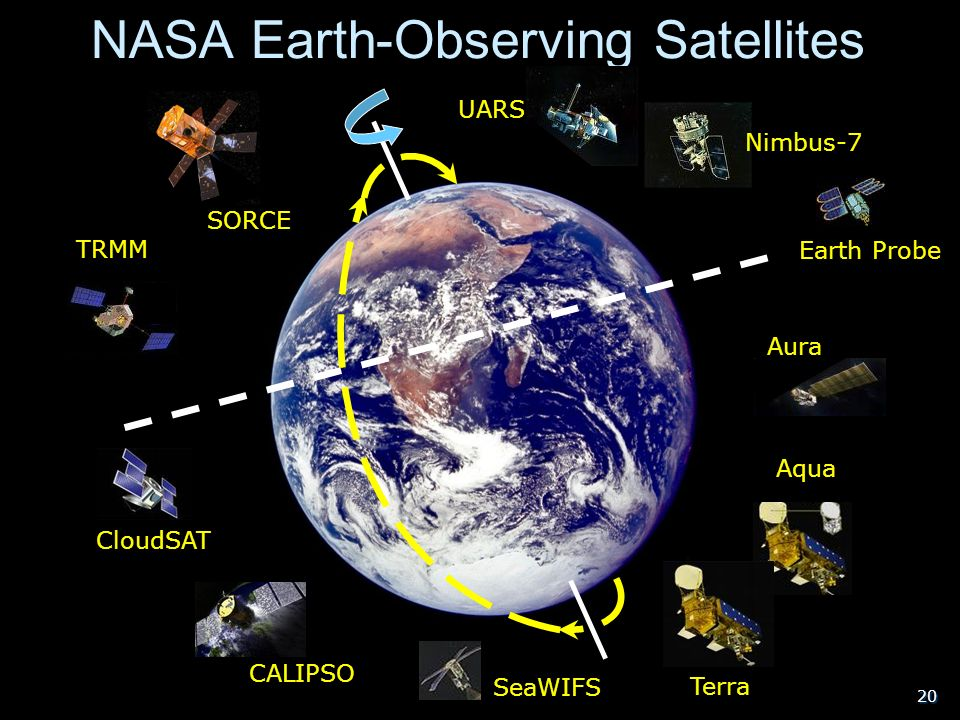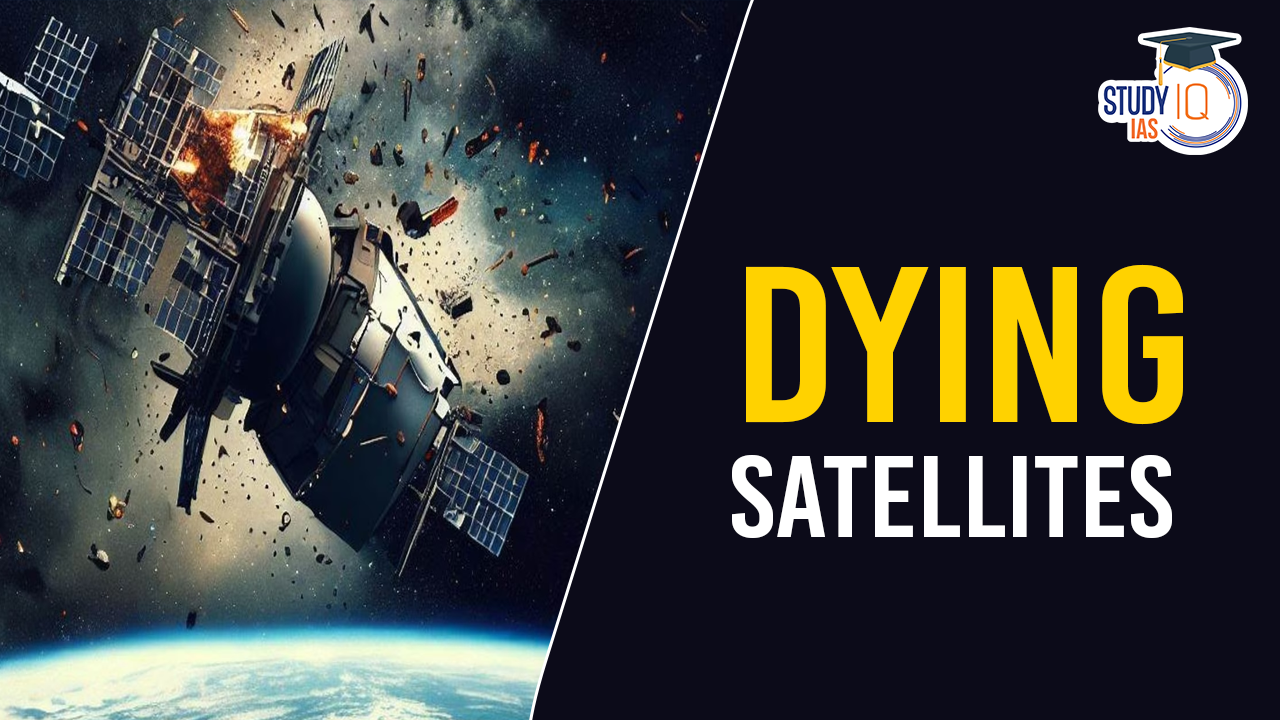Table of Contents
Context: Three key NASA satellites — Terra, Aqua, and Aura are approaching the end of their operational life, expected to cease functioning within the next few years due to ageing hardware and depleting orbits.
What is Dying Satellites?
When a satellite stops working or runs out of fuel, it becomes a dead satellite that orbits the Earth. Eventually, gravity will pull the satellite down, causing it to re-enter the Earth’s atmosphere and burn up due to air friction.
25-year Rule
Satellites that orbit closer to Earth are usually sent into a lower orbit so they re-enter the atmosphere within 25 years. This is called the “25-year Rule” and can only be used if the operator can show that the chance of injury or property damage is less than 1 in 10,000. If the operator determines that the chance is higher, they must perform a “controlled deorbit”.
Graveyard Orbit
Satellites that orbit farther away from Earth are sent into a “graveyard orbit”, which is 22,400 miles above Earth and almost 200 miles farther away than the farthest active satellites. This orbit is so high that it takes longer than a full Earth rotation for an object to complete a single orbit.
Active Debris Removal (ADR)
The European Space Agency’s Clean Space initiative, known as Active Debris Removal (ADR), aims to clear the orbits of inactive satellites. ADR requires precise knowledge of the satellite’s movement and orientation to capture and remove it from space.
Impact of Ageing Satellites
- Impact on Data Collection: These satellites have been instrumental in monitoring environmental changes, including weather patterns, wildfires, and oil spills.
- Their retirement will result in a gap in data collection, particularly affecting detailed observations of the ozone layer and other critical atmospheric components.

- Concerns from the Scientific Community: Experts expressed concern about the loss of crucial environmental data.
- They also highlighted the importance of the microwave limb sounder on Aura for studying ozone dynamics, which has provided insights into phenomena like the impact of wildfires and volcanic eruptions on the ozone layer.
Way Ahead
- NASA’s Response: NASA is aware of the impending data gaps and is exploring alternatives, including deploying new instruments on different platforms, such as the International Space Station, and developing new satellite missions.
- However, these solutions require significant time and investment to match the data quality and coverage provided by Terra, Aqua, and Aura.
- Technological Innovations: There is potential for smaller, more cost-effective satellites to fill some of the data gaps.
- Agencies like the National Oceanic and Atmospheric Administration (NOAA) are developing new fleets for climate and weather monitoring, which may help mitigate some of the impacts of losing data from these three satellites.
- Scientific Community’s Adaptation: Researchers are preparing for the transition by seeking alternative data sources and advocating for new satellite missions to continue critical observations.
- Collaboration among international space agencies and leveraging emerging satellite technologies from the private sector could also play a role in bridging the data gap.


 Indus Water Treaty 1960 Suspended by Ind...
Indus Water Treaty 1960 Suspended by Ind...
 5 Years of SVAMITVA Scheme and Its Benef...
5 Years of SVAMITVA Scheme and Its Benef...
 Places in News for UPSC 2025 for Prelims...
Places in News for UPSC 2025 for Prelims...





















